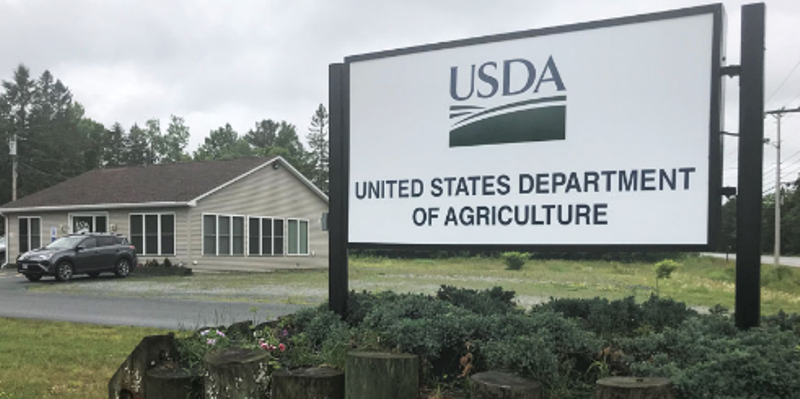
The U.S. Secretary of Agriculture Sonny Perdue announced the U.S. Department of Agriculture (USDA) will provide additional assistance through the Coronavirus Food Assistance Program (CFAP), expanding eligibility for some agricultural producers and commodities as well as updating payments to accurately compensate some producers who already applied for the program.
Some of these changes are being made to align with the recently enacted Consolidated Appropriations Act of 2021 while others are discretionary changes being made in response to ongoing evaluation of CFAP.
“The COVID-19 pandemic has left a deep impact on the farm economy, and we are utilizing the tools and monies available to ease some of the financial burdens on American producers to ensure our agricultural economy remains strong, independent and a global leader in production,” said Secretary Perdue. “As part of implementing CFAP 1 and CFAP 2, we identified new areas of support and Congress recently directed us to provide additional relief. This additional assistance builds on to the $23.6 billion in assistance already provided to our farmers and ranchers impacted by the pandemic, and we will continue to implement other provisions enacted by Congress.”
Background:
Expanded Eligibility for CFAP 2
Contract producers of swine, broilers, laying hens, chicken eggs and turkeys who suffered a drop in revenue in 2020 as compared to their 2019 revenue because of the pandemic now are eligible for assistance. Producers could receive up to 80% of their revenue loss, subject to the availability of funds.
Producers of pullets and turfgrass sod also now are eligible for CFAP payments. The commodities were not explicitly included in the initial CFAP 2 rule. Payments are based on eligible sales, and the payment calculation in the updated rule includes crop insurance indemnities, Noninsured Crop Disaster Assistance Program (NAP), and Wildfire and Hurricane Indemnity Program – Plus (WHIP+) payments.
Updated Payment Calculations for CFAP 2
Similarly, FSA adjusted the payment calculation to use the producer’s eligible 2019 calendar year sales, and 2019 crop insurance indemnities, NAP, and WHIP+ payments, multiplied by the applicable payment rate for all sales commodities, which include specialty crops, aquaculture, tobacco, specialty livestock, nursery crops and floriculture, for CFAP 2. Producers who applied during the sign-up period that closed Dec. 11, 2020, can modify an existing CFAP 2 application between Jan. 19 and Feb. 26, 2021.
Additionally, FSA adjusted the payment calculation for certain row crops for CFAP 2, specifically those for which a producer had crop insurance coverage but not an available 2020 Actual Production History (APH) approved yield. FSA is now using 100% of the 2019 Agriculture Risk Coverage-County Option (ARC-CO) benchmark yield to calculate payments when an APH is not available rather than 85%, which was in the original CFAP 2 calculations. This calculation change is only for producers with crop insurance coverage who grow barley, corn, sorghum, soybeans, sunflowers, upland cotton and wheat. Producers who applied during the sign-up period that closed Dec. 11, 2020, can modify an existing CFAP 2 application between Jan. 19 and Feb. 26, 2021.
CFAP 1 ‘Top-up’ Payments for Swine
FSA is providing an additional CFAP 1 inventory payment for swine to help producers who face continuing market disruptions from changes in U.S. meat consumption due to the pandemic. Swine producers with approved CFAP 1 applications will soon automatically receive a “top-up” payment of $17 per head increasing the total CFAP1 inventory payment to $34 per head.
















